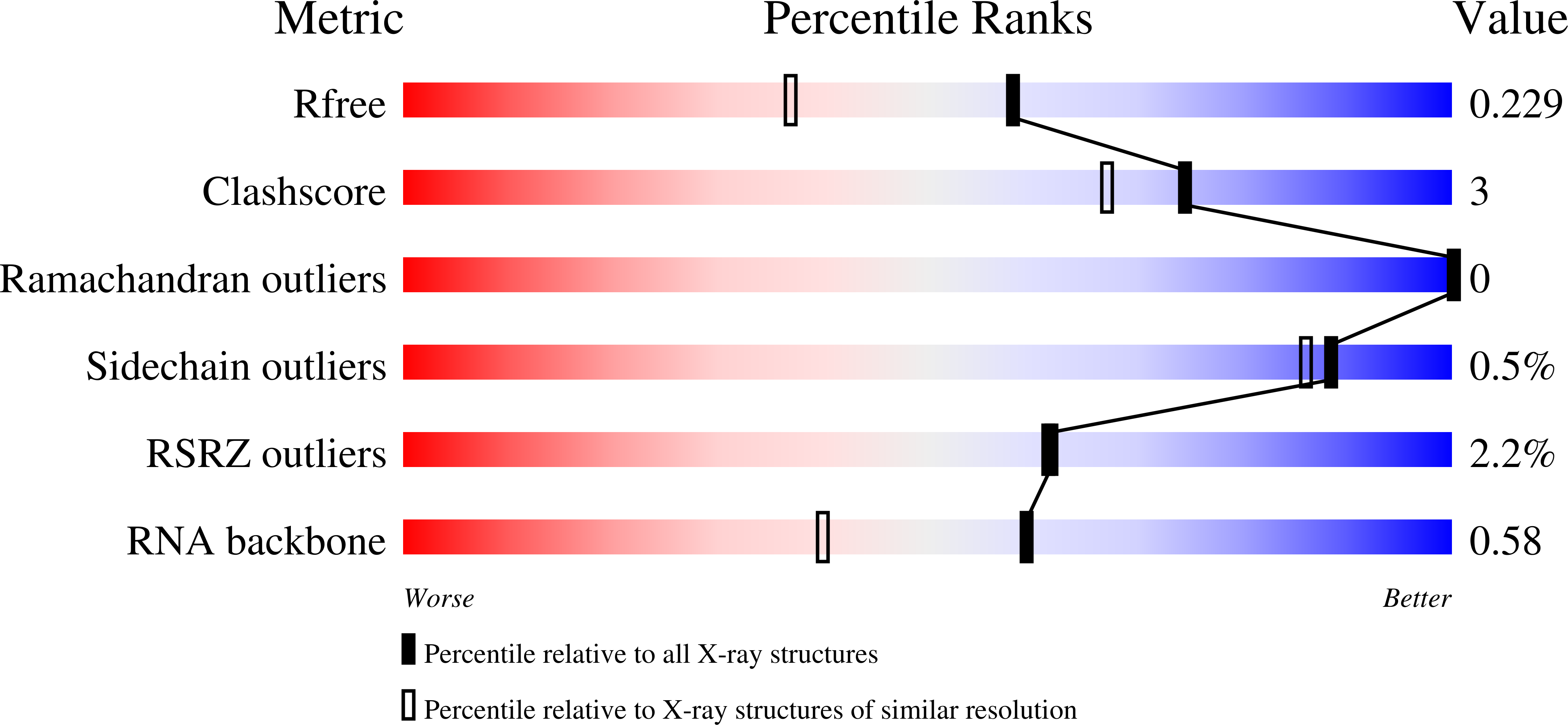
Deposition Date
2021-09-08
Release Date
2022-03-16
Last Version Date
2024-01-31
Entry Detail
PDB ID:
7PO6
Keywords:
Title:
Xist (m6A)UCG tetraloop RNA bound to the YTH domain of YTHDC1
Biological Source:
Source Organism:
Homo sapiens (Taxon ID: 9606)
Host Organism:
Method Details:
Experimental Method:
Resolution:
1.77 Å
R-Value Free:
0.23
R-Value Work:
0.20
R-Value Observed:
0.20
Space Group:
P 21 21 21


